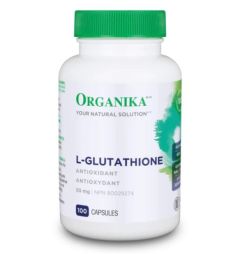Citric acid is a natural preservative commonly used to add sour or citrus flavours to different foods. The citric acid powder is used in preserving food items, making canned foods, and in the preparation of tart candies. The acidic PH of citric acid makes it a useful food preservative and helps to slow oxidation. Citric Acid has the nickname “sour salt” as it shares the same colour and texture as table salt.
Citric acid was discovered around the 8th century. According to historians, its discoverer was the Persian alchemist Jabir Ibn Hayyan. It would not be isolated until 1794 when a Swedish chemist named Carl Wilhelm Scheele discovered how to isolate citric acid from lemon juice. Scheele was the first to isolate a variety of acids, including tartaric acid. In 1890, the Italian citrus industry would become the basis of industrial-scale citric acid production.
One teaspoon (5 grams) of this white powder can be equivalent in acidity to about 1/2 cup (120 ml) of lemon juice. Here are some different ways to use Citric Acid at home:
1. Dissolve 2 Tablespoons of Citric Acid into 1 Litre of warm water. Pour it into a spray bottle and use it to clean your shower, kitchen, countertops, and more!
2. Just 1/2 teaspoon of citric acid (dissolved in 2 tablespoons of water) can be substituted for 2 tablespoons of lemon juice or vinegar when making fresh cheese.
3. One way to clean a coffee maker is to use a solution made of citric acid and water. To clean your coffee maker, the citric acid to water ratio for descaling should be about 1:250, or 1 tablespoon of citric acid to 1 gallon of water. After you've created the mixture, pour it into the coffee maker's reservoir, add a filter and turn the machine on. Run the machine until about half of the water and citric acid solution has brewed, then turn the machine off for 30 minutes before turning it back on and allowing the mixture to finish brewing and cleaning the machine. Finally, repeat this process a couple more times to allow the machine to fully descale.






